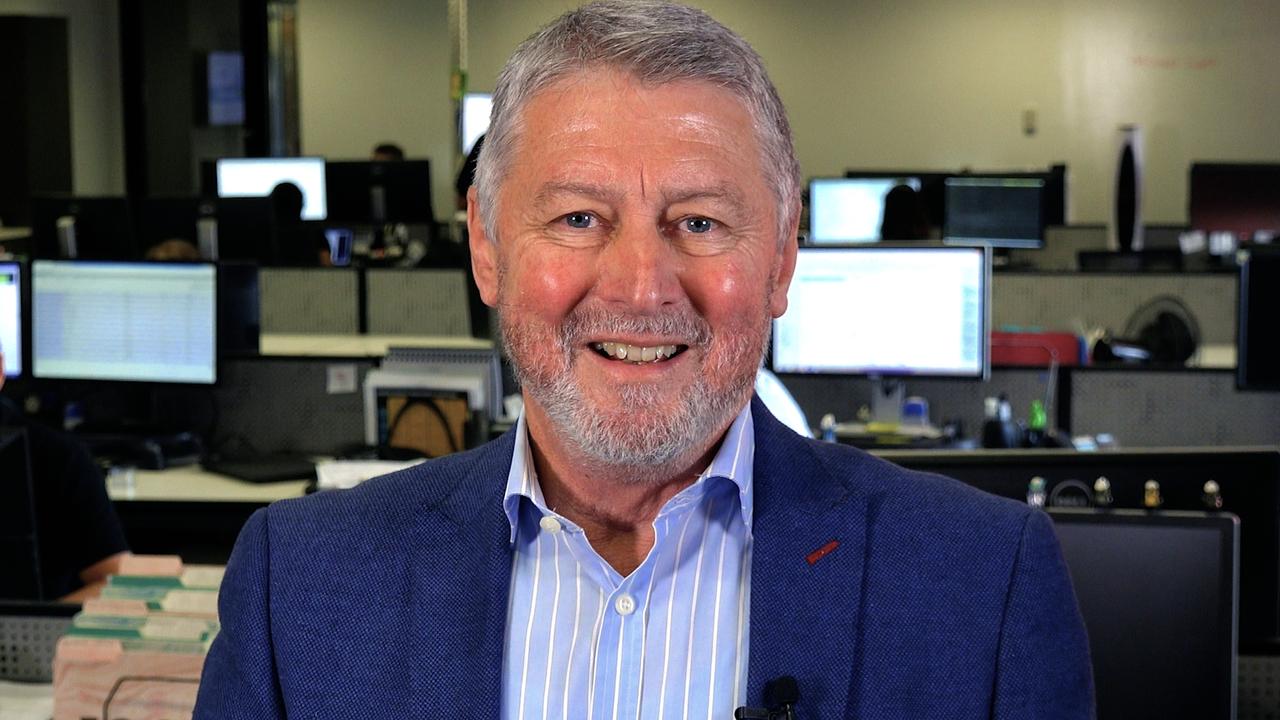How switching super funds could make a $261k difference in retirement
Alarmingly millions of Aussies have no idea how their super fund are performing, which could cause real “damage” if urgent action isn’t taken.

A staggering three in four Aussies are unsure about how much their superannuation balance grew in the past financial year meaning they could be missing out on hundreds of thousands being added to their retirement pot.
The survey by financial comparison website Canstar found that 49 per cent of Aussies don’t remember the rate of return on their superannuation and 27 per cent don’t even know where to find that information.
The is the equivalent of 15.2 million Australians that could be receiving a poor rate of return on their retirement savings without knowing.
Canstar analysed the estimated retirement balance for a 35-year-old with an annual income of $74,516 and super balance of $61,247, who exits the workforce at age 67.
Retirement savings were calculated based on a low, middle and high performing fund.
Those who stick with a low performing fund throughout their working life would retire with a super balance of around $677,130.
However, someone on a high performing fund would have $938,891 saved by retirement – a whopping difference of $261,761.

Its research found that females were more likely than males to be in the dark about how their super is performing.
Younger generations were also more likely to be clueless with 81 per cent of those aged 18-29 are unsure, along with 69 per cent of 30-39 year olds and 71 per cent of those aged 40-49.
Finance expert at Canstar Steve Mickenbecker said about 67 per cent of Australians are relying on good luck to eventually retire with enough super to live comfortably.
He said it was concerning many aren’t aware of the benefits of taking five minutes to review their annual super statement to see how they’re going.
“The difference in returns between stronger performing funds and the laggards has a life-changing impact on retirement and needs urgent attention, especially if you still have a long work life in front of you. The damage is done if you start to think about super when you’re deciding which midweek bridge club to join,” he warned.
“Superannuation funds send members an annual statement, which Australians should be treating as a reminder to compare their returns and fees alongside those of other funds.
“They should also be considering insurance included in their super and how switching may affect it, along with access to advice and planning tools, and in some cases investment options available.”

Despite the impact of a poor performing fund on a retirement balance, Canstar’s survey found that over half the adult population have never switched superfunds, including 46 per cent who have never switched, 6 per cent who haven’t been bothered and 4 per cent who don’t know how to switch.
An additional 10 per cent of Australians are unsure if they’ve switched, as they’ve left it up to their employer to determine what happens.
Just under a fifth of Australians have switched funds within the past two years, while 16 per cent have previously switched funds, however this was more than two years ago.
“For the 46 per cent who have never switched funds, they need almost the luck of a lottery win in the hopes that the first fund they ever joined is one of the stronger performing ones,” Mr Mickenbecker said.
“The 10 per cent of people who have left superannuation decisions to their employer are taking an even bigger punt – there’s a good chance they may have multiple superannuation accounts and are doubling up, or quadrupling up, on fees and insurance.”
Just under a quarter of Aussies know the rate of return they received on their superannuation balance for the past financial year, with the median return among this group sitting at around 10 per cent.

Cashed Up
Created by financial advisor Ben Nash, Cashed Up is a free six-week course to help Aussies get their finances in check. Those who sign up to the budget bootcamp get weekly, step-by-step challenges to improve their financial fitness. By the end of the six weeks, participants will have set a budget, created a savings plan, learned how to invest, and sorted their superannuation. The interactive course can be started at any time and aims to empower participants to make more informed financial decisions.
And Mr Nash says there an amount you need in superannuation to lead a “comfortable” life in retirement. Read here how to give your superannuation a little bit of love through some small tweaks today, and you can be better off by hundreds of thousands in the future.
Five things to check when choosing a superfund:
High superannuation fees can eat away at your retirement savings over time. Even a
1. Competitive fees
n extra 0.5 per cent in fees per year can make thousands of dollars of difference to your overall retirement balance. For this reason, it’s important to choose a fund with competitive fees.
2. Investment options
This could include cash, bonds, property, Australian shares or international shares, or a mixture of asset classes. There are a lot of super investment options and strategies available, so make sure you research the right option for you before diving in without a plan.
3. Long term track record
While past performance is not a reliable indicator of future performance, a good long-term return will boost your retirement nest egg, and even a 1 per cent difference can add up to a lot of money by retirement.
4. Insurance options on offer
Types of insurance that may be included as part of your super include life insurance, total and permanent disability (TPD) insurance and income protection insurance. It is best to check the PDS and contact your super fund for further details about your level of cover.
5. Other services
This can include things like online access, the ability to make extra contributions, access to personal financial planning advice, calculators, educational guides – the list goes on.






